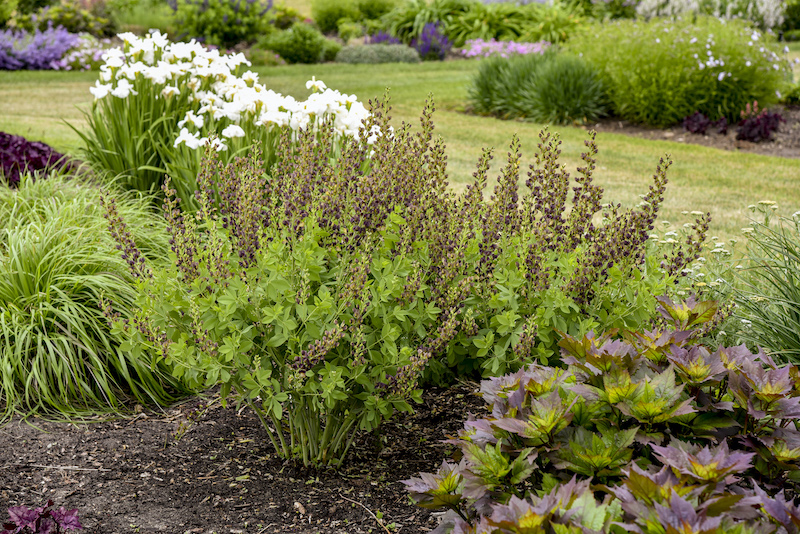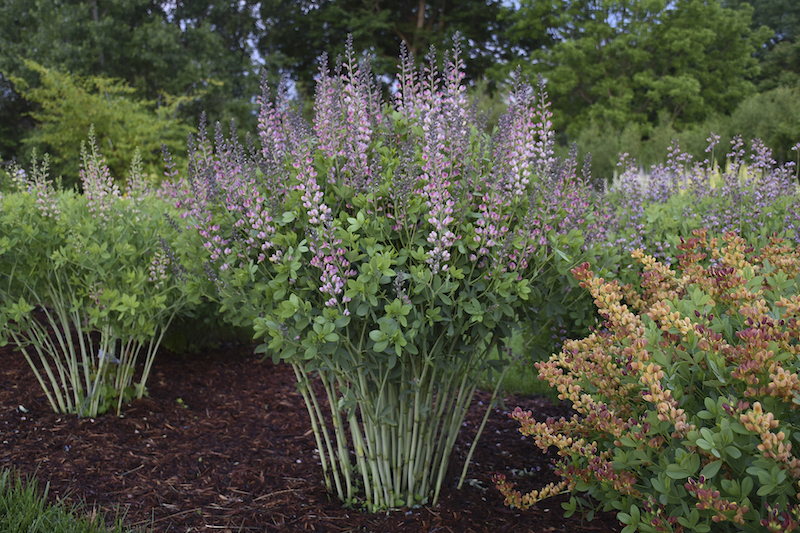False indigo is a staple for any perennial bed, butterfly garden, or cut-flower bed. Scientifically, it is known by the name Baptisia australis; other common names include blue wild indigo, indigo weed, rattleweed, rattlebush and horse fly weed.
False Indigo is best started from nursery-grown plants, as those grown from seed may take as long as 3 to 4 years to flower. False Indigo does best in average, well-drained soil that is slightly acidic and will tolerate dry soils once it is established. There is no need to amend the soil when planting as it may cause this plant to get leggy and floppy.

What You Need To Plant False Indigo
- Shovel
- Garden spade
- Good location
- Water source
- Mulch
Where to Plant False Indigo
Plant Indigo in an area where it will get at least six hours or more of direct sun at a depth no deeper than the height of the pot or container that it came in. As it grows, a large hoop support may be added around the plant to help keep it upright.

False Indigo Spacing
These plants make a bold statement when planted in groups of 3 to 5, spaced 18 to 30 inches apart. Baptisia will spread slowly over time with mature clumps taking on the appearance of a small shrub.

Steps To Plant False Indigo
Step 1 - Dig a hole 2 to 3 times the size of the original pot or container in an area with 6 or more hours of direct sun.
Step 2 - Avoid adding any soil amendments and backfill the area with the excavated soil, being mindful of the depth of the plant.
Step 3 - Do not bury the crown of the plant as this may lead to crown rot.
When to Plant False Indigo
False Indigo can be planted at any time during the growing season, although planting in spring or fall in cooler weather is best and may require less watering.
Transplanting False Indigo
Transplanting or dividing False indigo is not advised except on young plants and preferably in early spring. Indigo develops a long, thick taproot and does not fare well when uprooted and divided. Propagation may be done from seed or stem cuttings, although the latter is preferable. Six-inch cuttings may be taken in early spring, dipped in rooting hormone, and planted in a pot with moist potting mix. Place the pot in a warm, well-lit area for 8 weeks, and keep the soil moist.
 |
Author Chris Link - Published 08-10-2022 |
